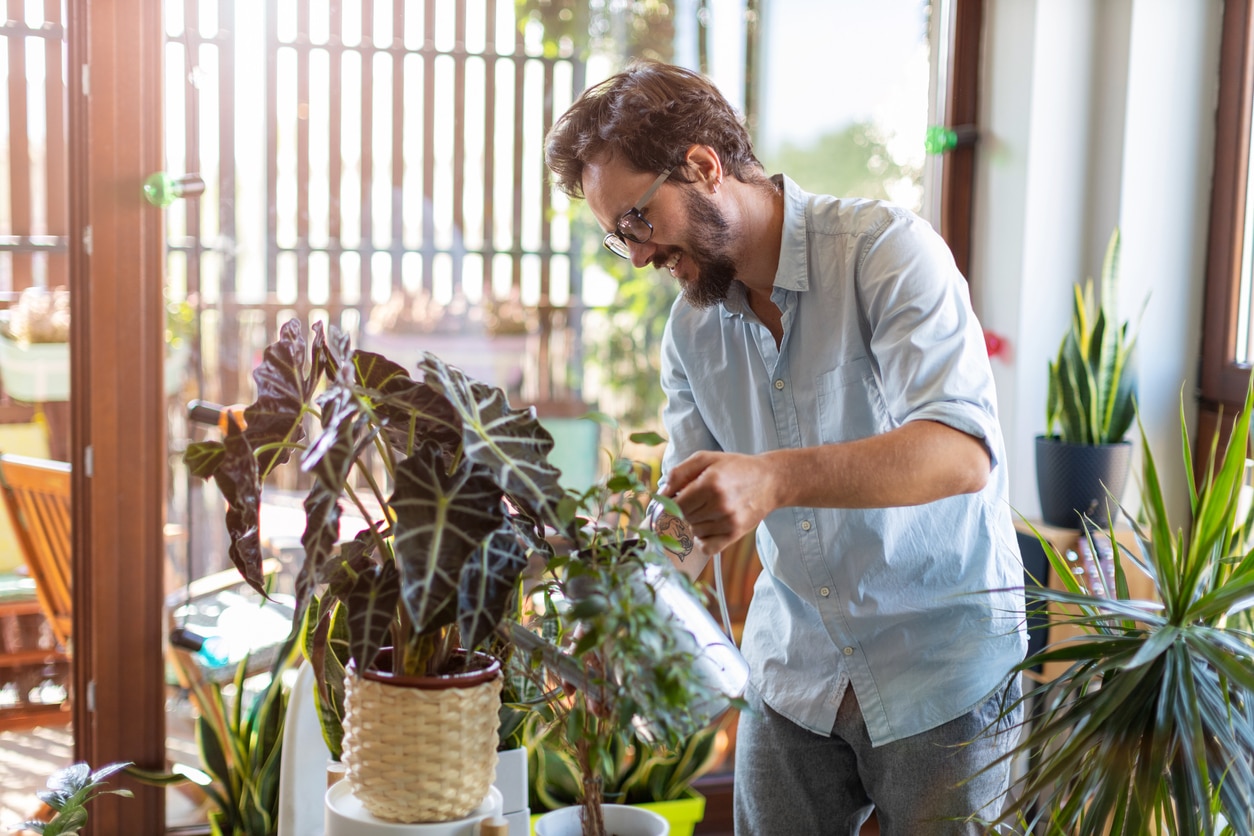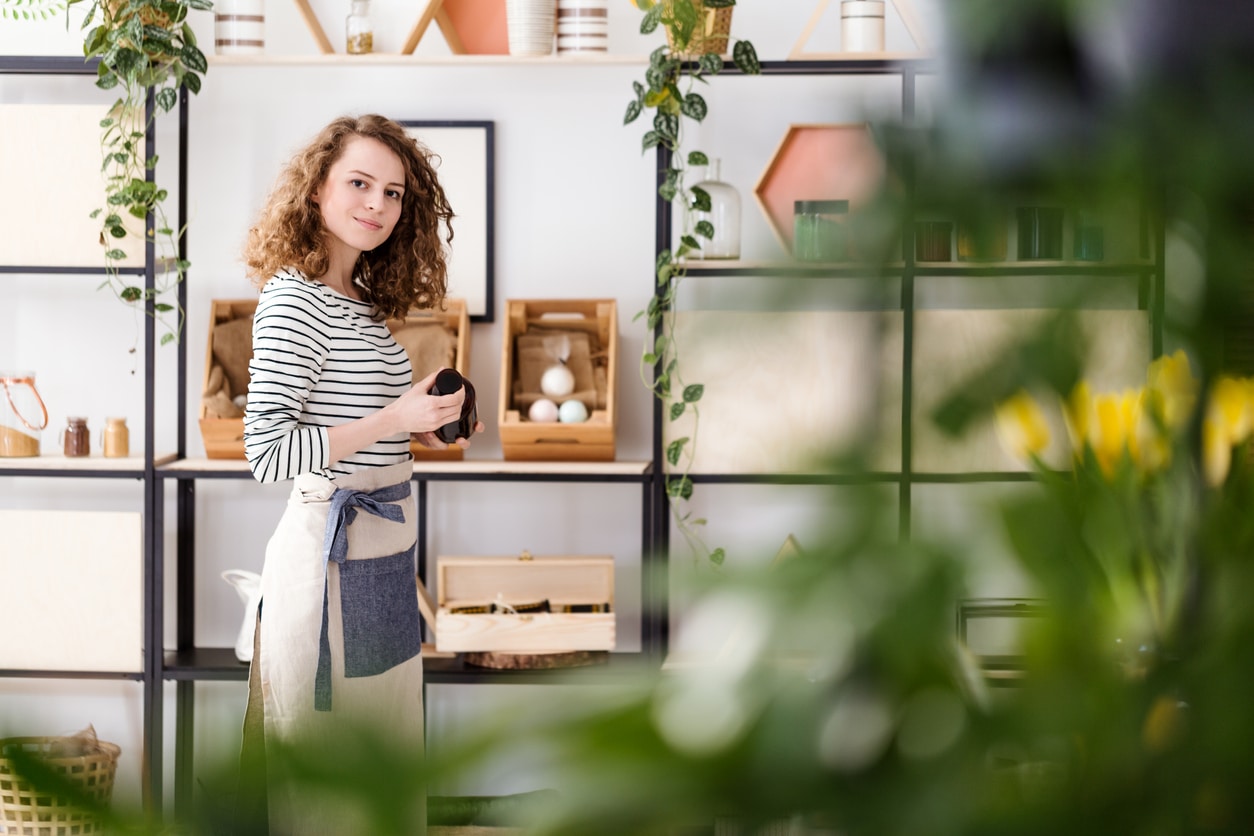
Are Houseplants Environmentally Friendly?

Houseplants are becoming a popular design trend. They provide a beautiful aesthetic and a calming atmosphere. They also add a pop of color to your space. Besides, their design appeal plants also have some environmental impacts. Here are some of the benefits and drawbacks of this growing trend.
How Do Houseplants Help the Environment
Besides their appearance, houseplants can have positive impacts on the environment.
Houseplants Can Purify the Air
Plants convert carbon dioxide into fresh oxygen. So, they can help to lower carbon emissions. Some plants also absorb toxins from the air, such as carbon monoxide. This enables you to breathe easier and it reduces the impacts of climate change. Although, how much it helps depends on the type of plant, how many there are, the room and soil conditions. For example, an overwatered plant may not function as properly.
Here are some of the best air purifying plants for your home:
- Barberton Daisy
- English Ivy
- Snake Plant Chrysanthemum
- Spider Plant
Plants Add Moisture
Plants take in water through their leaves and stems. Some of this water is expelled through the process of transpiration. About 99% of the water absorbed by plants isn’t used for their metabolism.
When the liquid is released, it increases the air’s moisture. So, it can increase humidity levels in dry areas and make your home more comfortable. It can also prevent respiratory illnesses and dry skin. Having controlled humidity also lowers the rate of toxic chemicals and air-borne germs.
Houseplants Can Impact Room Temperature
Many homeowners enjoy rooms with multiple windows to let in natural light. On sunnier days, this can make the room feel hotter. Then you have to crank up your air conditioner. This ends up wasting energy and releasing carbon emissions.
Taller plants can create shaded areas and reduce this issue. On colder days, the plants can block cold air drafts.
The Drawbacks of Houseplants
While houseplants remove carbon dioxide and add moisture, some environmental drawbacks exist. The production and type of plant can cause harm to the environment. Here are some of the ways how:
The Process Uses Fuel and Energy
To transport plants across the country uses fossil fuels that emit greenhouse gases. In fact, carbon dioxide is 70% of the aircraft’s total exhaust. These emissions can contribute to global warming. So, buy locally or give away unwanted seedlings at a community plant swap.
Another issue is greenhouses often use tons of energy to keep plants in the right conditions. Maintaining glasshouses at the correct temperature takes a significant amount of energy. So, consider moving production to warmer places that don’t require heated glass.
Homeowners Sometimes Use Less Eco-Friendly Materials
Another issue with having house plants is the use of plastic pots. These are more affordable but can be harmful to the environment. Not all pots can be easily recycled. The plastic ends up in landfills and can take years to break down.
When they do, they also release methane, which can pollute the air. The plastic can also be carried into oceans and harm marine life. So, consider using more eco-friendly pots, such as pea pots or coconut coir ones. When transplanting the flower into a new container, make sure to water the seedling first.
Another issue is the use of certain materials, such as peat. Peat is decomposed plant matter used in compost. It comes from vegetation materials that have been submerged underwater in bogs. It is commonly used because of its ability to retain moisture and oxygen. However, when we harvest the peat, it releases carbon emissions. So, find retailers who don’t use peat or stick to plants that need them, like orchids or cacti.
There Is a Risk of Plant Poaching
Some dealers may take endangered plants and sell them. Ginseng, Venus flytraps and Cycads are three of the most poached plants. This then impacts the overall biodiversity of an ecosystem. It can also cause some plants to become extinct. So, do your research and avoid buying any endangered species. You find resources online, from books or educational programs.
Should You Decorate With Houseplants?
Incorporating nature into the home is a common design theme. Houseplants are an easy and affordable way to do this. They can help purify the air, but the exact amount depends on the plant type and how many you buy.
On the other hand, plants can have negative effects on the environment. They release carbon emissions and can contain some not so eco-friendly material. The key to decorating with houseplants is to shop locally, opt for air purifying plants and use organic, natural materials to maintain them.
Author bio: Jane works as an environmental and energy writer. She is also the editor-in-chief of Environment.co. To read more posts from Jane, sign up for BioFriendly Planet’s newsletter!



Post a comment